HMS Belfast Historic Warship Floating Museum
The Queen’s Walk - River Thames - London – England
Visit HMS Belfast and experience a historic warship in London
This one is for the guys (but also gals who are interested), especially those that love war stories and naval vessels. Would you like to discover life on board the HMS Belfast, a Royal Navy Warship that was commissioned for the Second World War?
Your stroll next to the River Thames at The Queen’s Walk near Tower Bridge will bring you to where the HMS Belfast is moored. You might even have seen her before, London’s only floating museum, a historic warship and the largest item of the Imperial War Museums.
HMS Belfast
Your visit inside will take you through some narrow and cramped spaces and there are a few steep stairs or ladders from the main deck to the lower decks under the Thames waterline. You could even sit in the Captain’s chair or go as high as the flag deck.
A floating museum with the backdrop of Tower Bridge
Shall I tell you a little secret? I was in the navy in South Africa for a few years after I left school. I even wore a uniform with shiny buttons, all spiffed up.
Navy Days
Yip, that’s me.
I’ll let you in on another little secret. I don’t know much about ships, because ladies weren’t allowed to work on them back in the day. We had to stay on shore, except for special occasions such as open days or on one of the rare opportunities when the swans were allowed on the boat for a drill in False Bay, Cape Town. Talk of male dominance!
On that rare day I discovered that I suffered from a little ailment called seasickness. Mind you, the swell in the bay was well over 5 metres high at the time. The ship was rolling, heaving and bobbing rather nicely in all directions. It wasn’t the greatest experience for anyone’s first time out at sea.
Visiting London
We always do a great deal of sightseeing when on one of our visits to London and were both keen to see inside the Belfast.
I have another confession to make – the last one. Most of the engine room photos were taken by my husband, because they did not interest me that much but there was plenty to satisfy my curiosity throughout the rest of the ship.
The many decks of HMS Belfast
Life on board the HMS Belfast – a small floating town
A plethora of careers on board
Did you know that a ship is like a small town, and the Belfast needed to be just about self-sufficient with different responsibilities for its crew? The HMS Belfast had to provide for nearly a thousand seamen in various ways, from feeding them to being able to operate on them if they were injured or sick because they spent many months at sea. Being healthy was important in such a confined space.
Life on board the HMS Belfast - Officer’s cabin
Missing out on Roaming Fox Adventures?
Mail room
Hammocks for seamen
Arctic messdeck
Ship’s cat
With a fully equipped sick bay or infirmary and a small theatre for operations as well as a dental surgery, complete with a surgeon commander and two surgeon lieutenants, the ship could tend to surgical procedures such as casualties from the Normandy landings on the 6th June 1944.
Surgical procedure on board the Belfast
Sickbay
Stretcher to rescue the injured
The galley was where food was cooked and bread was baked.
Life on board - cooking in the galley
The spiritual needs of the seamen were provided for with a chapel as well as a chaplain.
Inside the chapel - commemorating the Belfast’s role during its commission
Laundry facilities kept their uniforms clean and naturally the crew needed to wash as well.
The bathroom - in other words, the heads
Obviously the ship had to be in tip top condition. There is a shipwright’s workshop containing a number of different tools for carpentry, whether to build or to fix something.
Shipswright workshop
Even sewing needed to be done
The engines and boilers also had to run smoothly to keep the ship moving. No one wanted to be stuck out at sea and not go anywhere, especially if the enemy was approaching.
If they were ever attacked by the enemy their artillery needed to be fired with efficiency. There were some impressive ammunitions.
Ammunition loading area
Inside the gun turret
Gun turret
Communication was vital including keeping the morale of the sailors up with a sound reproduction room to play music.
Communication room
Radio transmission room
Sound reproduction room
They were even provided with some luxuries and rations from the canteen or the provision issue room.
Rum rations
Canteen
The living quarters were crowded and some of the crew even had to sleep in hammocks. Even so, while afloat, the sailors kept themselves entertained with cards, reading whatever they could lay their hands on, as well as making models.
Life on board - Arctic messdeck
Action stations - HMS Belfast
History of the HMS Belfast
A naval vessel with a rich and varied life span of 83 years, the HMS Belfast has survived a war, an arctic mission, and time in East Asia till the end of World War II.
In August 1939 the HMS Belfast was commissioned into the Royal Navy, just prior to the war.
Her war service came to an abrupt end on the 21st November, when she was hit by a German magnetic mine a few kilometres from Rosyth. For three years the ship underwent an extensive overhaul. Fortunately there were few casualties, but she was severely damaged. So much so that she seemed destined for the scrap yard.
Naval architects insisted that she be repaired and modernised but it took almost three years. When she re-joined the 10th Cruiser Squadron at Scapa Flow, Orkney Island, Scotland on Christmas Day 1942 she most powerful cruiser in the Fleet.
Torpedo
Shells rack
From 1943 for 18 months she protected and supported Arctic Convoys on route to Russia via Iceland, one of the Second World War’s greatest naval battlegrounds. Those months were strenuous and challenging, especially in foul weather under icy conditions on rough seas with slippery decks and sometimes even under water. They also went for months without mail or leave.
Snorer pump for use in confined spaces
Her most important role was during the Battle of North Cape on 26 December 1943 when the German battle cruiser Scharnhorst, who had sunk numerous ships, was sunk. Although Belfast received orders to finish Scharnhorst off with torpedoes, before she could fire, there was a series of muffled underwater explosions and the Scharnhorst’s radar blip vanished.
Torpedo
Ammunition shells
By April 1944 HMS Belfast was refitted and provided fire support for the fleet of the D-Day landings. She spent 33 days in support of the Normandy landings and fired over 4,000 6-inch and 1,000 4-inch shells. That was the last time she fired her guns during the Second World War. Being one of the larger warships in the fleet and equipped with the necessary medical facilities, she assisted casualties on board from the 6th June 1944.
In July she was once again refitted then despatched to the Far East until the end of the World War II.
Belfast stayed in East Asia for the rest of the 1940’s and supported the United Nations forces when the Korean War broke out in 1950. At the end of 1952 she sailed back to Britain.
Once again she was modernized in 1955 and in 1959 she was recommissioned and deployed in the Pacific. She was decommissioned in 1963.
Equipment displays
Having a smoke break
HMS Belfast – The historic warship is now a floating museum
The original ship, albeit with some changes over its lifetime, is floating on the Thames. She opened as a museum to the public in October 1971 and has since been an iconic London attraction. The Belfast is one of 5 museums that belong to the Imperial War Museum. She became part of their collection in 1978.
Where is HMS Belfast?
How long will it take to walk through the HMS Belfast?
It can take you anything from 90 minutes to half a day, depending on your interest in naval and war vessels.
Find me on Social Media:
On Pinterest? Pin to refer to later.
Here are some of my favourite tips and resources when we travel:
Researching a destination to find out more about it? We use Tripadvisor. You can even get a great deal from them!
How do you get there? Use Aviasales to check flights.
Pre-organised tours and jump the queue entrance tickets are obtainable from GetYourGuide. It is a great website to browse through and book while Big Bus Tours are ideal for hop on hop off tours. Expedia UK are great for adventures and experiences, holiday deals and trip ideas.
Where are you going to sleep at night? Booking.com have great deals and Hotellook have great discounts and hotel deals.
Going to Europe and want to hire a campervan? Try PaulCamper, Europe’s largest platforms to hire or rent out campervans throughout the UK or Germany, Austria and the Netherlands.
If you have not found what you are looking for, head on over to my Shop or Resources page and browse there.
Step by step instructions on how to leave a comment on my blog:
Type in your comment in the comment box.
Click ‘Post Comment’
Briefly a message should appear saying you are not logged in, then a box with ‘Post a Comment’ will appear for you to complete with your name, email address and website URL (if you have one).
Fill in your first name and email address in the appropriate section. (Your email will not be made public and will not be used for any other purpose than for you to get a notification of a reply to your comment.)
Click ‘Comment as Guest’ and you’re good to go!
To subscribe to my blogs, please fill out the SUBSCRIBE form.
Thank you.
I know it is quite a process, but it helps keep our websites secure. Your email address will not be shared or displayed.

















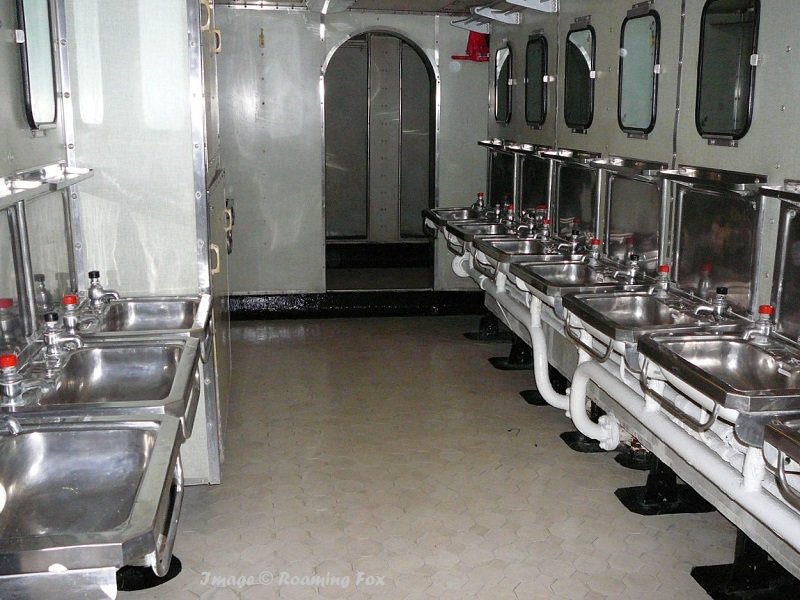





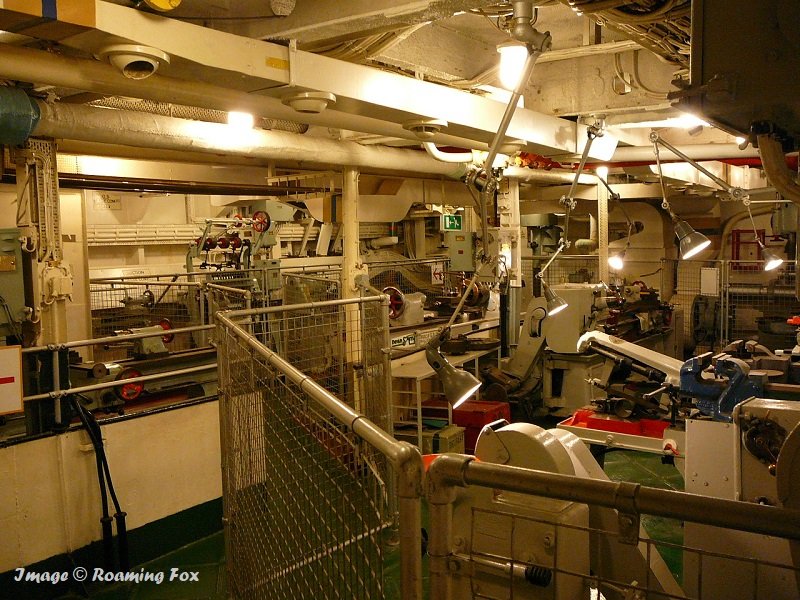

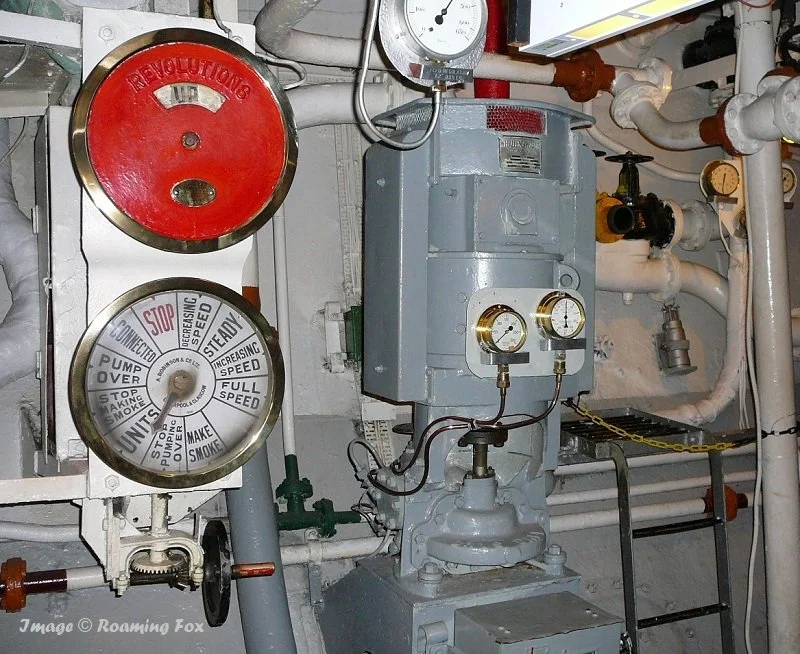














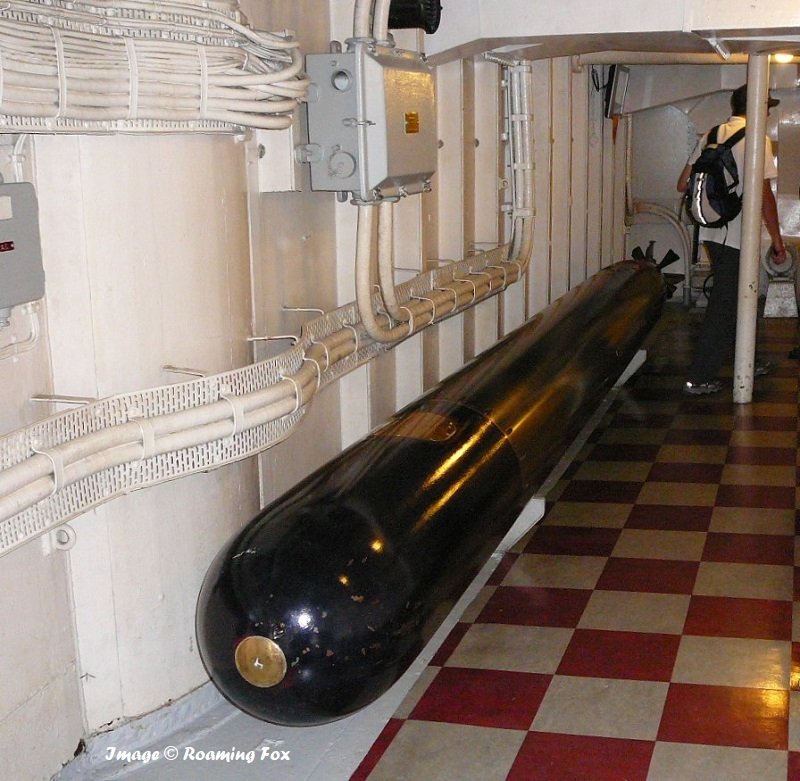



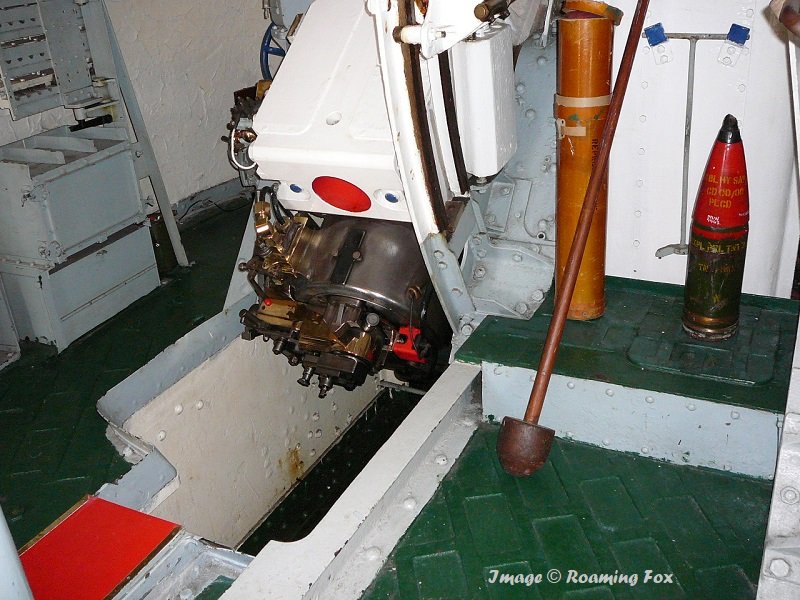







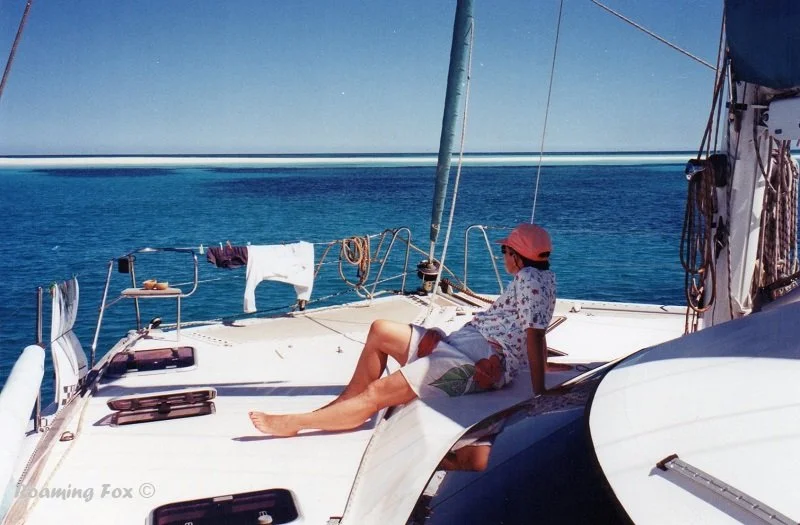




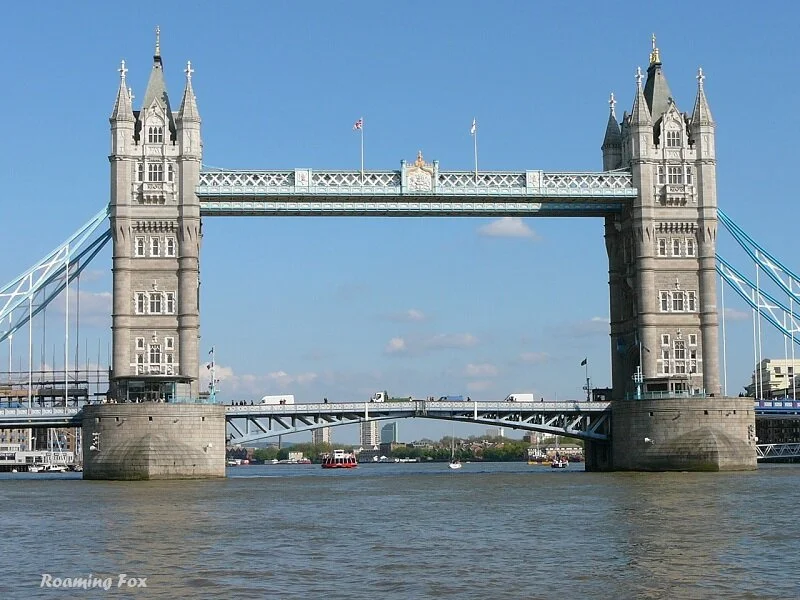



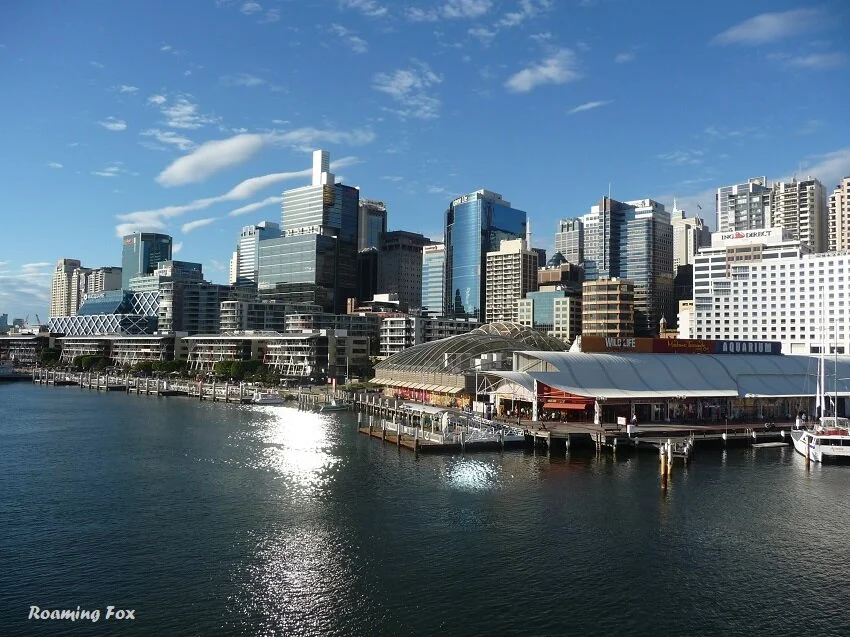













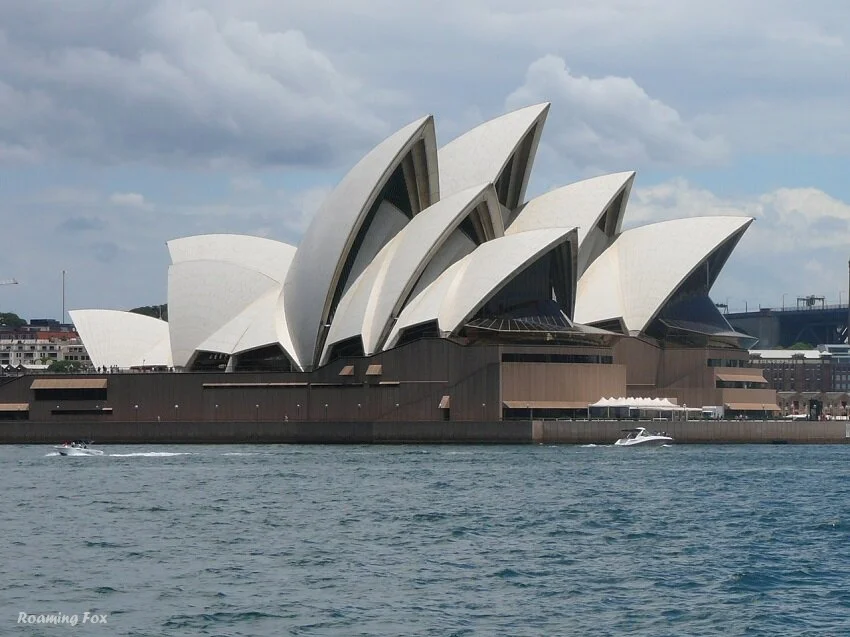
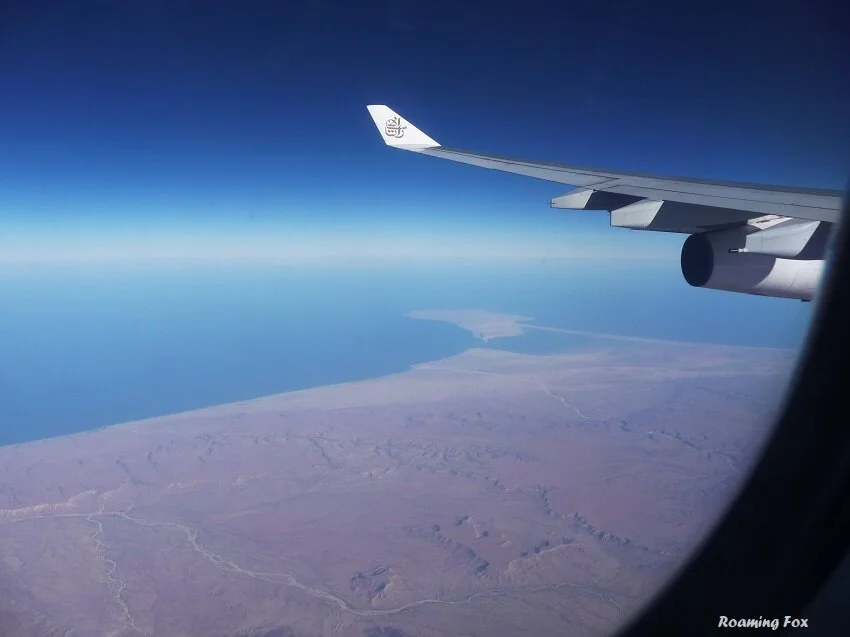


Looking for travel inspiration when you visit the land down under? Or are you wanting an insight into some of the Australian culture? Think of Australia and you think of beaches, barbies and beers, right? A relaxed lifestyle thrown in with no worries. There’s that but there is more.